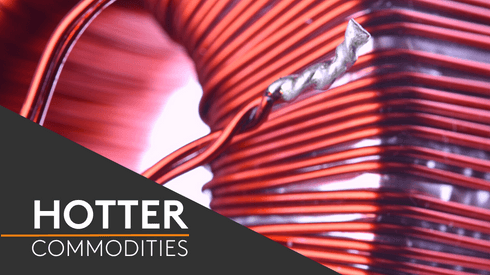EV manufacturers and traders are facing an increasingly complex global tariff landscape, according to data on EV tariffs compiled by Fastmarkets.
The information, spanning multiple countries, shows tariffs ranging from 0% to potential highs of 100%, reflecting diverse national strategies towards EV adoption and trade.
Impact on US Section 301 on Chinese EV imports
Several major economies are tightening restrictions on EV imports, particularly those from China.
The United States is considering a sharp increase in tariffs on Chinese EVs from the current 25% to 100% under Section 301.
This potential move comes while the EU had proposed brand-specific tariffs on EVs produced in China, varying from 9% for Tesla to 36.3% for SAIC and other non-cooperating brands.
Changes to these proposed rates were recently reported, suggesting Tesla’s tariff rate may drop to 7.8%, while BYD’s rate remains unchanged at 17%. Geely could see a slight decrease to 18.8% from the initially proposed 19.3%. The peak rate of 35.3% would still apply to SAIC and other companies not cooperating with the EU investigation.
“These targeted approaches by the US and EU signal a shift towards more protectionist policies in the EV sector,” Georgi Georgiev, data analyst at Fastmarkets, said. “It’s likely to have significant implications for global EV trade flows and production strategies.”
In contrast, India has implemented a conditional tariff reduction. The country has lowered duties to 15% for EVs priced $35,000 and above, but with specific requirements for manufacturers. Companies must establish local production facilities within three years and achieve 50% localization of components by the fifth year. This localization target means that half of the EV’s components must be sourced or manufactured locally, ensuring significant investment in India’s automotive sector.
Differing approaches around Free Trade Agreements
The impact of Free Trade Agreements (FTAs) on EV tariffs is substantial. Thailand, for instance, applies a 0% tariff on EVs from FTA partners, while non-FTA imports face a 60% duty.
Other countries are using temporary measures to boost EV adoption. Indonesia has waived import taxes until 2025, and Malaysia is offering zero-duty rates until December 2025.
In contrast, Brazil is gradually increasing its EV tariffs, planning to reach 35% by 2026 from the current 18%.
Regional variations are evident, with the Association of Southeast Asian Nations (ASEAN) countries generally lowering tariffs, while some Western nations implement stricter measures.
Australia removed its 5% EV duty in July 2022, while Canada plans to impose a 100% tariff on imports of China-made electric vehicles starting October 1, 2024.
EV market growth vs. protectionist policies
These policy shifts are occurring against a backdrop of rapid growth in the global EV market.
“The evolving tariff landscape, coupled with recent market data, paints a complex picture,” Phoebe O’Hara, energy storage systems senior analyst at Fastmarkets, said. “While we’re seeing growth in some areas, particularly in hybrid vehicles, the decline in BEV market share in key regions like the EU suggests that tariffs aren’t the only factor at play. Manufacturers and suppliers are likely to face challenges in balancing production strategies with shifting consumer preferences and policy environments across different markets.”
This range of tariffs demonstrates different motivations and raises questions about who the ultimate beneficiaries are, according to sources.
“[Tariffs are] all means of trying to increase competition artificially in an attempt to play fire with fire,” a trade association representative from North America told Fastmarkets. “Ultimately that’s not going to work because the whole world is bigger than any two binary opposites.”
“[The tariff] supports producers, but does that really support the industry as a whole?” they said. “The tax on those tariffs on the EVs [are] taking up the affordable market, ultimately that is a tax on consumers.”
Keep up to date with global EV market insights and predictions for the remainder of 2024 and beyond. Gain access to more data and analysis when you get in touch today.





